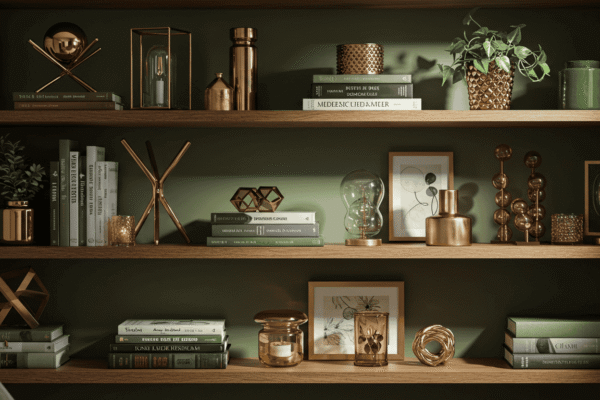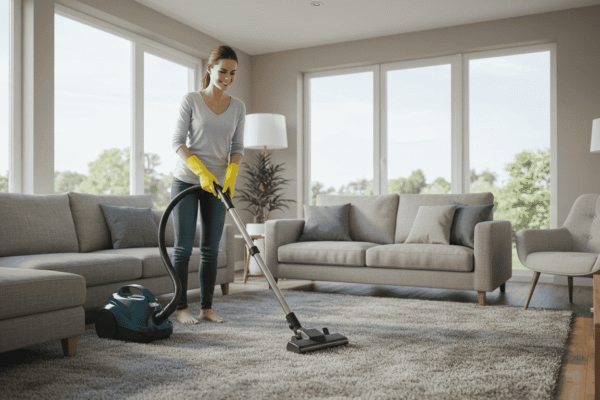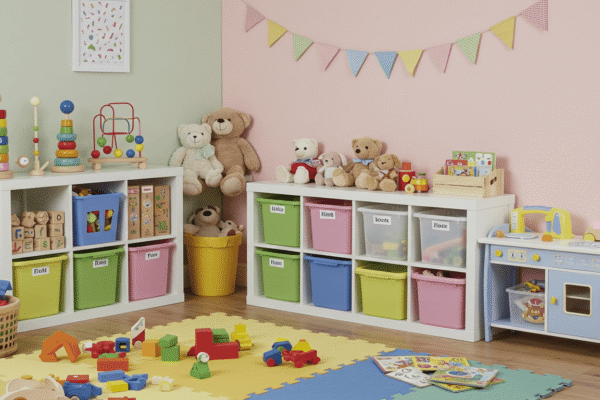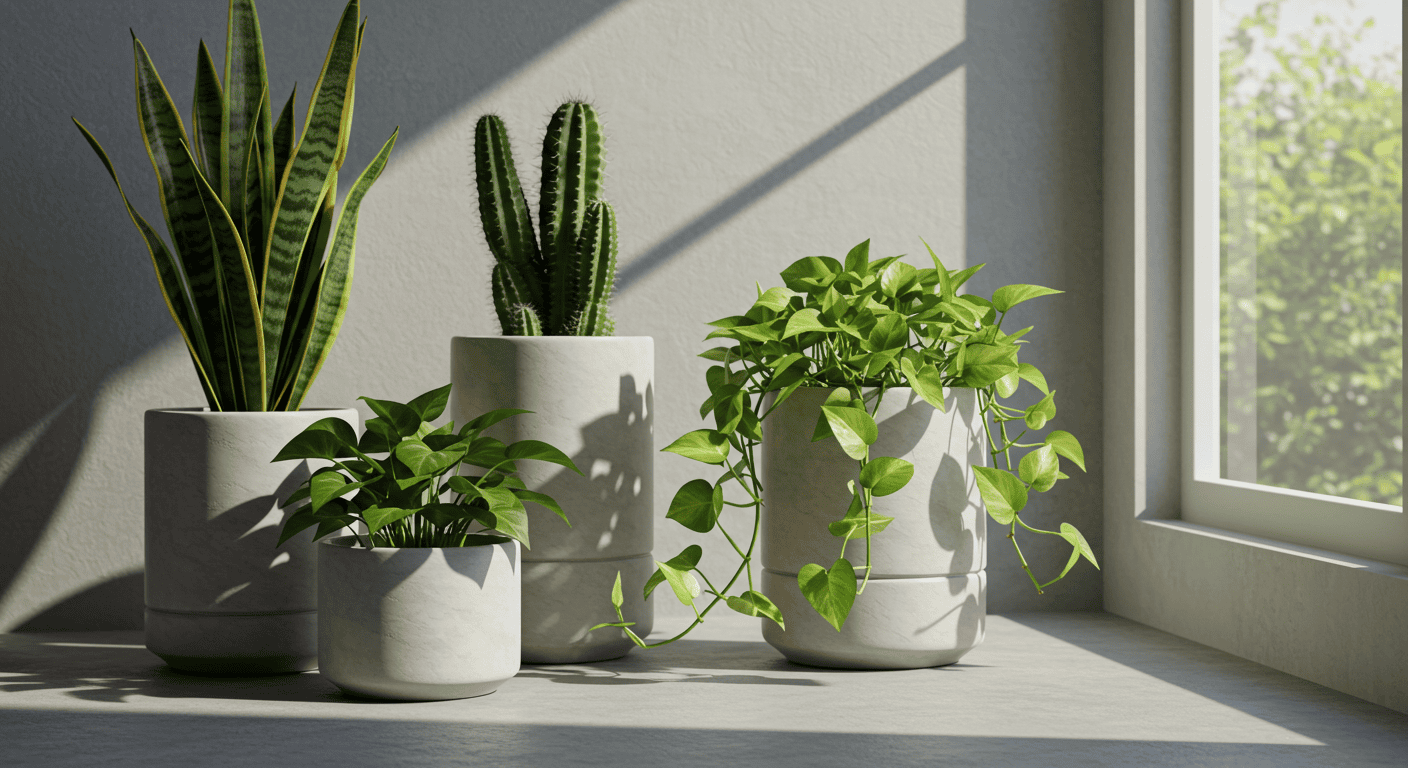Houseplants have become a staple in modern homes, not just for their beauty but also for the many benefits they bring. Whether you’re new to indoor gardening or looking to improve your houseplant care, understanding the basics can make all the difference. Proper care for houseplants helps them thrive, purify your indoor air, and boost your mood. In this guide, we’ll cover essential tips for beginners to keep your green friends healthy and happy—without overwhelming you with complicated jargon. Let’s dive into simple, effective ways to make your houseplants flourish!
Why Houseplant Care Matters — More Than Just Green Decor
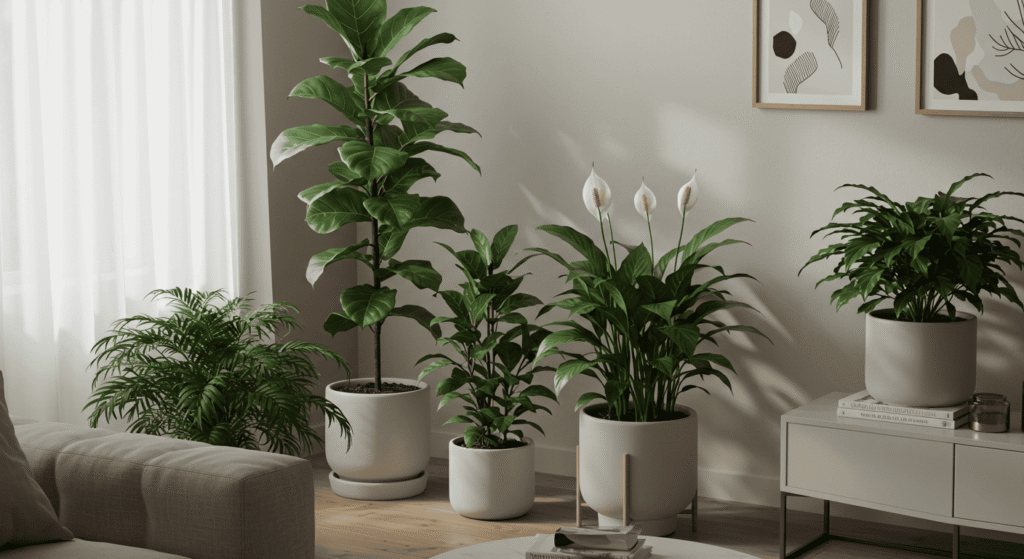
Taking care of houseplants is about more than simply having attractive greenery in your home. Well-maintained plants contribute to a healthier living environment and enhance your overall well-being. When you understand why houseplant care is important, it motivates you to adopt habits that help your plants thrive and, in turn, enrich your space in meaningful ways.
The Health Benefits of Houseplants
Houseplants offer a range of health benefits that extend beyond their decorative appeal. One of their most valuable contributions is air purification: many common indoor plants naturally filter harmful toxins and improve indoor air quality. Additionally, having plants indoors has been shown to provide a mood boost by reducing stress and promoting a sense of calm. They can also help regulate humidity levels by releasing moisture, which is especially helpful in dry indoor environments. These factors combine to create a fresher, more comfortable atmosphere that supports your physical and mental health.
How Proper Care Maximizes Your Plant’s Lifespan
Proper care for houseplants is crucial to ensuring they live long, healthy lives. Establishing a consistent care routine—including regular watering, providing adequate light, and monitoring soil conditions—helps plants stay vigorous. Without attentive care, plants are more prone to stress, pests, and diseases that can significantly shorten their lifespan. Avoiding common pitfalls like overwatering or neglecting light requirements will keep your plants thriving. When you care for your houseplants thoughtfully, you not only preserve their beauty but also maintain the benefits they bring to your home.
Understanding Your Houseplant’s Needs: Light, Water, and Soil
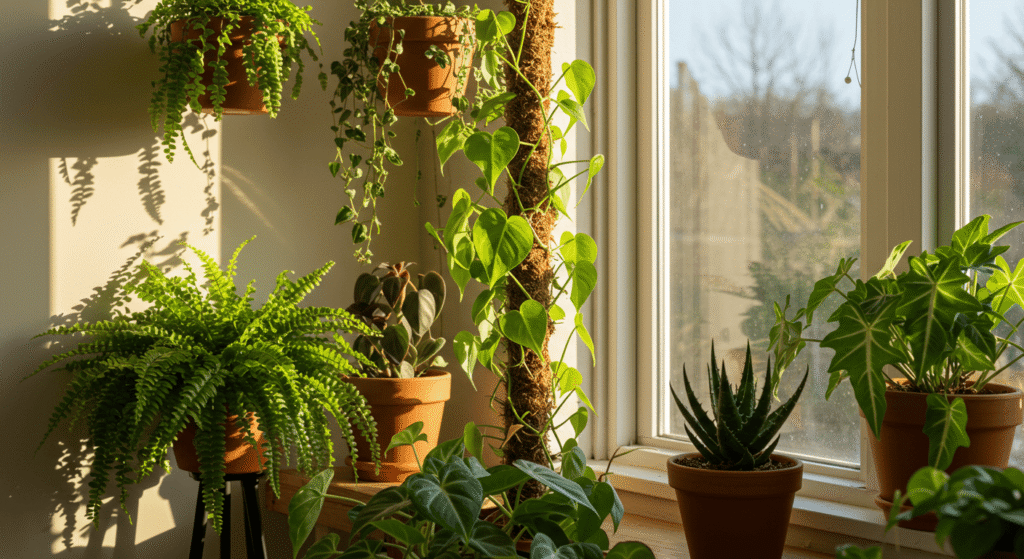
To keep your houseplants thriving, it’s essential to understand their basic needs — especially when it comes to light, water, and soil. Each plant species has unique preferences, and tuning into these can help you create the perfect environment for healthy growth. Let’s break down these three critical factors so you can confidently meet your plants’ needs.
Decoding Light Requirements: From Shade Lovers to Sun Seekers
One of the most common challenges in houseplant care is providing the right amount of light. Plants fall into categories like shade lovers, partial sun, or full sun seekers. To tell if your plant is getting too much light, watch for signs such as scorched or bleached leaves. Too little light, on the other hand, may cause slow growth, yellowing leaves, or leggy stems. Observing your plant’s response and adjusting its position accordingly is key to meeting its light needs.
Watering Wisely: Signs Your Plant Is Thirsty or Overwatered
Watering can be tricky since both underwatering and overwatering can harm your houseplants. Common signs your plant is thirsty include drooping or curling leaves and dry soil. Overwatering symptoms often show as yellowing leaves, soggy soil, or root rot. The best practice is to check the soil moisture before watering — sticking your finger an inch or two into the soil to feel for dampness. Establishing a flexible watering schedule based on your plant’s needs rather than a fixed timetable helps prevent common watering mistakes.
Soil Secrets: Choosing the Right Potting Mix for Your Plant Type
The right soil is more than just dirt. It provides nutrients, supports roots, and ensures proper drainage. Well-draining soil is crucial to avoid waterlogged roots, which can cause root rot. Depending on the plant, soil components vary: succulents and cacti prefer gritty, sandy soil mixes, while tropical plants benefit from rich, moisture-retentive blends. Understanding your plant’s soil preference will create a healthy growing environment and reduce care issues.
The Art of Watering Houseplants: Techniques That Save Your Plants
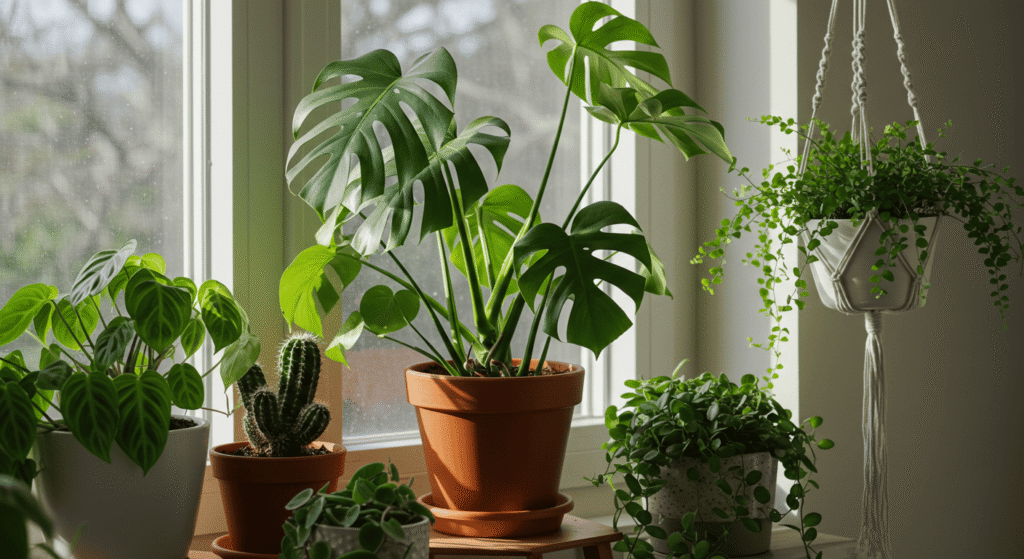
Watering is one of the most crucial—and sometimes confusing—aspects of houseplant care. Overwatering or underwatering can quickly stress or even kill your plants, but mastering the art of watering will keep them vibrant and healthy. Instead of sticking to rigid schedules, learning to read your plant’s cues and using the right tools can make all the difference.
How to Create a Simple Watering Schedule
Every plant is different, and even the same plant may need different amounts of water depending on the season, pot size, and environment. Instead of following a fixed watering schedule, pay close attention to your plant’s behavior and the moisture level of its soil. Signs like drooping leaves or dry soil indicate it’s time to water, while consistently wet soil means you should hold off. By tuning in to your plant’s natural signals, you can create a flexible, stress-free watering routine that adapts to your home’s conditions.
Tools and Tricks: Watering Cans, Misters, and DIY Moisture Tests
Having the right tools makes watering easier and more precise. A watering can with a narrow spout helps direct water to the soil without wetting leaves unnecessarily. For plants that thrive in higher humidity, a mister can gently raise moisture levels around the foliage. DIY moisture tests, such as using a wooden skewer or a simple finger check, allow you to gauge soil dampness before watering. These small tools and techniques empower you to water your houseplants confidently and avoid common mistakes.
Repotting Like a Pro: When and How to Give Your Plant More Room
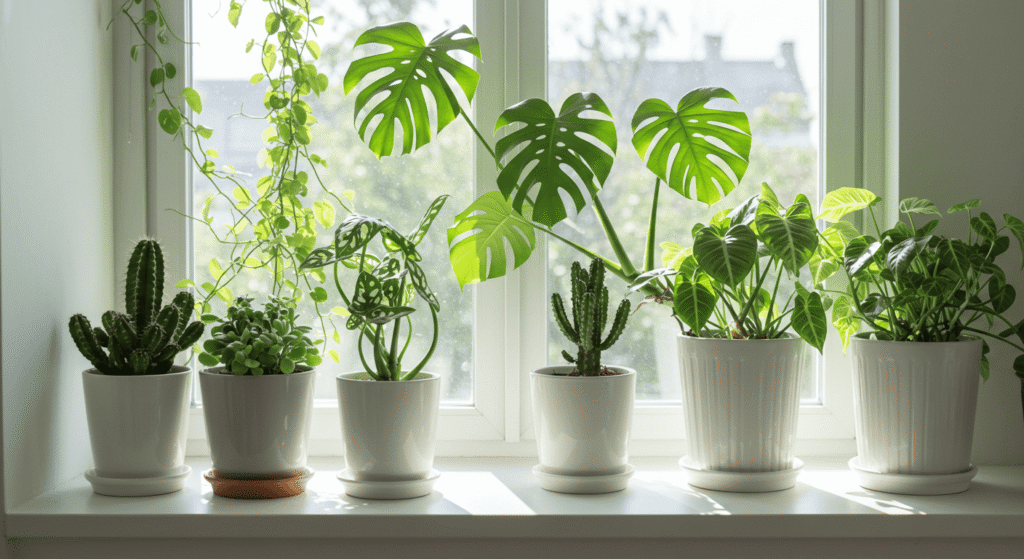
Repotting is a key part of houseplant care that helps your plants continue growing strong and healthy. Knowing when and how to repot your plants can prevent root-bound stress and provide fresh soil and nutrients. Let’s explore how to approach this task like a pro, ensuring your plants get the space they need to thrive.
Signs It’s Time to Repot Your Houseplant
Your houseplant will often give you clear signals when it’s ready for a bigger home. Common signs include roots growing out of drainage holes, soil drying out quickly after watering, or the plant becoming top-heavy and unstable. You may also notice slowed growth or yellowing leaves despite proper care. Recognizing these signs early can save your plant from unnecessary stress.
Step-by-Step Guide to Repotting Without Stress
Repotting doesn’t have to be intimidating. Start by choosing a pot slightly larger than the current one. Gently remove the plant from its old pot, loosening the roots if they are tightly bound. Place fresh, appropriate potting mix in the new container, position the plant, then fill around the roots, firming the soil gently. Water thoroughly after repotting to help the plant settle. Avoid fertilizing immediately to prevent root burn.
Choosing the Right Pot: Size, Material, and Drainage Tips
Choosing the right pot is essential for healthy growth. A pot that’s too large can hold excess moisture, leading to root rot, while one that’s too small restricts root expansion. Materials like terracotta allow for better airflow but may dry out faster, whereas plastic retains moisture longer. Most importantly, ensure your pot has drainage holes to prevent waterlogging and promote healthy roots.
Feeding Your Plants: Fertilizer Fundamentals Without the Confusion
Feeding your houseplants is an important part of houseplant care that often gets overlooked or misunderstood. Providing the right nutrients at the right time helps plants grow stronger, produce vibrant foliage, and recover from stress. Let’s simplify fertilizing so you can confidently support your plants’ health without any guesswork.
Why and When to Fertilize Houseplants
Fertilizing supplies essential nutrients that may be missing from regular potting soil, especially after several months of growth. Most houseplants benefit from feeding during their active growing season, typically spring through early fall, when they’re putting energy into new leaves and roots. Avoid fertilizing during winter months when growth naturally slows. Using the right amount of fertilizer prevents nutrient burn and encourages steady, balanced growth.
Natural Fertilizing Alternatives for Healthier Growth
If you prefer a gentle approach, natural fertilizing alternatives can boost your plant’s health without harsh chemicals. Options like diluted compost tea, diluted fish emulsion, or homemade organic compost enrich the soil gradually and improve its structure. These natural options are especially helpful for sensitive plants or if you want a more eco-friendly houseplant care routine.
Managing Common Houseplant Problems: Pests and Diseases
Even with the best houseplant care, pests and diseases can sometimes invade your indoor garden. Being able to quickly identify and manage these issues is key to keeping your plants healthy and thriving. Let’s look at the most common problems and how you can handle them safely and effectively.
Identifying the Most Common Houseplant Pests
Some pests frequently target houseplants, including spider mites, aphids, mealybugs, and fungus gnats. These tiny invaders can cause damage such as discolored spots, sticky residue, or webbing on leaves. Early detection is crucial, so regularly inspect your plants for unusual signs like holes in leaves, wilting, or a sticky coating.
Natural and Safe Ways to Manage Pest Problems
To keep your houseplants pest-free without harsh chemicals, consider natural methods like wiping leaves with a mild soap solution, introducing beneficial insects (like ladybugs for aphids), or spraying neem oil. Keeping plants clean, avoiding overwatering, and quarantining new plants before adding them to your collection also help prevent infestations.
How to Spot and Treat Common Diseases (Yellow Leaves, Mold, Root Rot)
Yellowing leaves can signal issues like nutrient deficiency, overwatering, or pests. Mold on soil or plant surfaces usually appears due to excess moisture, while root rot develops when roots sit in waterlogged soil. Treat these problems by adjusting watering habits, improving airflow, and removing affected parts of the plant. In severe cases, repotting with fresh soil might be necessary.
Creating the Perfect Indoor Environment: Humidity and Temperature Tips
Creating the right indoor environment is essential for your houseplants to thrive. Temperature and humidity levels directly impact their health, growth, and overall vigor. Understanding these factors and making simple adjustments can make a big difference in your plant care routine.
How Indoor Humidity Affects Your Houseplants
Most houseplants come from tropical or subtropical regions where humidity is naturally higher than in many homes. Low indoor humidity can cause leaf edges to brown, slow growth, and increase susceptibility to pests. Maintaining proper humidity helps plants breathe, absorb nutrients efficiently, and stay vibrant.
Easy Ways to Increase Humidity Without a Humidifier
If your home’s air is dry, especially during colder months, there are several easy ways to boost humidity around your plants. Grouping plants together creates a micro-humid environment. Placing trays filled with water and pebbles under pots allows moisture to evaporate around the plant. Regular misting or using decorative water features nearby can also help raise humidity naturally without any special equipment.
Ideal Temperature Ranges for Popular Houseplants
Most common houseplants prefer temperatures between 65°F and 75°F (18°C to 24°C). Avoid placing plants near drafts, heaters, or air conditioners, as sudden temperature changes can stress them. Tropical plants may tolerate slightly warmer conditions, while some succulents prefer cooler, drier environments. Understanding these preferences helps you position your plants in spots where they feel most comfortable.
Styling and Display Tips to Make Your Houseplants Pop
Beyond care, how you display houseplants can transform your living space into a lively, stylish sanctuary. Thoughtful arrangement and creative styling not only highlight your plants’ natural beauty but also make your home feel inviting and fresh. Here are some ideas to help your houseplants stand out and complement your decor.
Creative Ways to Arrange Plants by Light and Size
Grouping your houseplants according to their light needs and size can create a balanced and thriving display. Place taller plants where they can get plenty of sunlight and use smaller or shade-tolerant plants to fill in darker corners or tabletops. Layering plants at different heights adds dimension and interest while ensuring each gets the right amount of light.
Using Plant Pots and Stands to Enhance Your Decor
Choosing pots and stands that complement your interior style can elevate your plants from simple greenery to focal points. Consider materials, colors, and textures that match your room’s aesthetic—whether it’s minimalist, boho, or modern. Stylish plant stands also help add height variety, making your collection look curated and intentional.
Rotating Plants for Even Growth and Visual Appeal
To keep your plants healthy and looking their best, rotate them regularly. This prevents uneven growth caused by light favoring one side and helps maintain an even, lush appearance. Rotating plants also encourages better air circulation and ensures all sides receive equal attention.
Mastering Houseplant Care for a Healthier, Happier Home
Taking the time to understand and practice proper houseplant care transforms your indoor garden from just decoration into a source of fresh air, calm, and natural beauty. By paying attention to your plants’ needs—light, water, soil, and environment—you’ll help them thrive and enjoy the many benefits they bring to your home. With these tips, caring for houseplants becomes a rewarding and enjoyable part of your daily routine, creating a healthier, happier living space for you and your loved ones.


